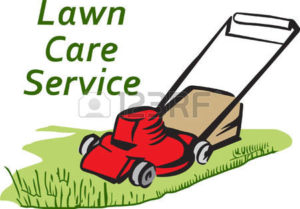When you talk about the mowing process on lawns, there are 3 things which influence the quality and health of your lawn. The weather the soil and proper lawn care practices. The weather and soil are normally difficult to control, but a proper lawn care practice are the one manageable variable which can make all of the difference.
A correct way of lawn care practice is critical to having a beautiful, healthy lawn and they can cost you very little. It is never too early to start thinking about how you give your lawn the proper care. Here are simple tips to help a greener and healthier lawn on your yard.

Mow high:
The taller grass shows that your healthier lawn. There is a one to one relationship between the height of the grass and depth of the roots. If you are mowing at two inches you will have two inches of roots. If you are mowing at 4 inches, you will have 4 inches of roots.
That added root mass will make your lawn more drought and disease-disease resistant and gives the finest natural weed control system.
Mulch clipping:
If you are bagging your clipping, you are losing much of the nitrogen health you are applying when fertilizing. The clipping will also help to maintain biological activity in the soil. As a best solution of all, you don’t need to struggle bagging them and carrying them to curb to fill the landfills.
Water your lawn whenever it dries:
Most of the grass needs between one and 1 ½ inches of water per week, especially at the time of summer seasons. You need to water your lawn deeply but infrequently in the Morning time to reduce the possibilities of getting diseases.
The level of moisture in the grass and the timing of watering are matters about watering the lawns and not the frequency of watering the lawns. You can use an old tuna fish that can determine how much water you have applied on your lawns.
Follow the one-third rules:
Don’t remove more than then one-third of the height of the grass in one clipping. It makes your grass plant shocks and stresses it by making it less healthy and more susceptible to disease.
Use a Sharpe mover blade:
Always keep your mower blade sharp. If you cut your grass with a dull blade, it will leave a jagged, frayed edge on the grass plants which will brown fastly and it will also make the plant more susceptible to the disease.

Use different mowing patterns:
When you changing your mowing patterns you need to ensure that the wheels are not running over the same areas at every time which can cause bald spots on your lawn and stress the grass.
Aerate your lawn:
Core aeration will helps to reduce the compaction by making the root development process easier. It also helps to pulls the micro-organisms to the surface which helps to break down the thatch formation.




